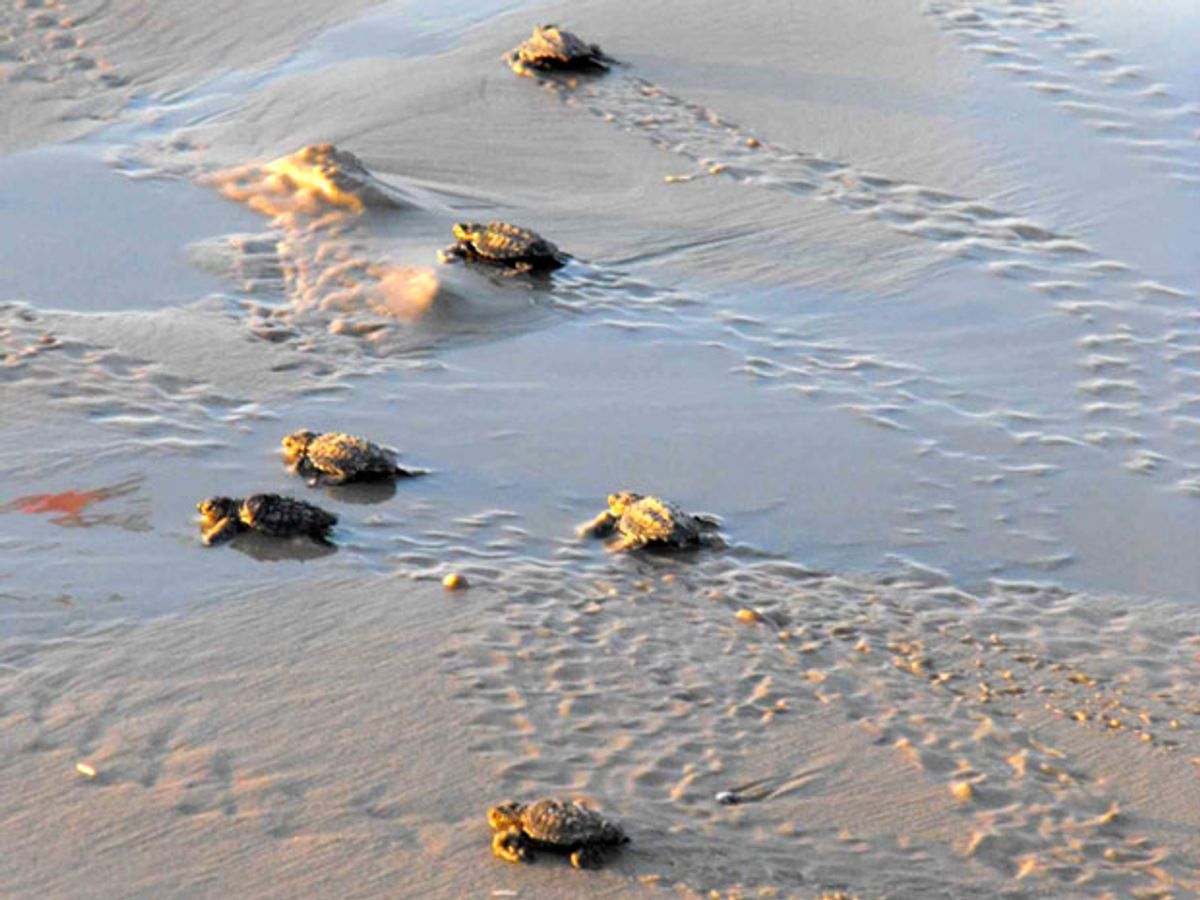A group of volunteer technologists that goes by the name Nerds Without Borders has made some recent progress addressing an interesting environmental problem: protecting sea turtle nests at Cape Hatteras National Seashore on North Carolina’s Outer Banks. The National Park Service puts quite a bit of effort into ensuring that sea turtle nests there are not disturbed, but it’s a thorny problem.
You see, the Park Service routinely closes large parts of the beach around turtle nests when the eggs they hold might hatch. That helps hatchlings make the dangerous journey across the beach into the sea. But it prevents people from being able to get to their favorite fishing spots, sometimes for weeks on end. It might even prompt them to vacation elsewhere, which hurts the local economy.
Enter a little creative thinking about how technology could be applied to this problem. Baby sea turtles don’t pop from the sand instantaneously: It takes several days from when they first break out of their buried eggs for them to climb upward and emerge from the sand. So if you could determine when they first started moving around underground, you’d have a way to leave beaches accessible for all but a few days around the actual hatching time.
That’s the idea behind the “Turtle Sense” project, which is just getting its first concrete results now—and they look very promising. In the video below, the people behind the project explain more about how the turtle-hatch-warning system works.
David Schneider is a senior editor at IEEE Spectrum. His beat focuses on computing, and he contributes frequently to Spectrum's Hands On column. He holds a bachelor's degree in geology from Yale, a master's in engineering from UC Berkeley, and a doctorate in geology from Columbia.



